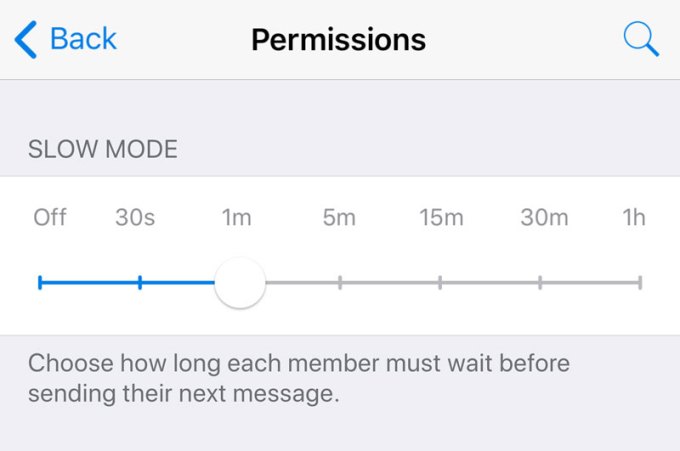Telegram, a popular instant messaging app, has introduced a new feature to give group admins on the app better control over how members engage, the latest in a series of interesting features it has rolled out in recent months to expand its appeal.
The feature, dubbed Slow Mode, allows a group administrator to dictate how often a member could send a message in the group. If implemented by a group, members who have sent a text will have to wait between 30 seconds to as long as an hour before they can say something again in that group.

The messaging platform, which had more than 200 million monthly active users as of early 2018, said the new feature was aimed at making conversations in groups “more orderly” and raising the “value of each individual message.” It suggested admins to “keep [the feature] on permanently, or toggle as necessary to throttle rush hour traffic.”
As tech platforms including WhatsApp grapple with containing the spread of misinformation on their messaging services, the new addition from Telegram, which has largely remained immune to any similar controversies, illustrates how proactively it works on adding features to control the flow of information on its platform.
In comparison, WhatsApp has enforced limits on how often a user could forward a text message and is using machine learning techniques to weed out fraudulent users during the sign up procedure itself.
Shivnath Thukral, Director of Public Policy for Facebook in India and South Asia, said at a conference this month that virality of content has dropped by 25% to 30% on WhatsApp since the messaging platform imposed limits on forwards.
Telegram isn’t marketing the “Slow Mode” as a way to tackle the spread of false information, though. Instead, it says the feature would give users more “peace of mind.” Indeed, unlike WhatsApp, which allows up to 256 users to be part of a group, up to a whopping 200,000 users can join a Telegram group.
On a similar tone, Telegram has also added an option that will enable users to send a message without invoking a sound notification at the recipient’s end. “Simply hold the Send button to have any message or media delivered without sound,” the app maker said. “Your recipient will get a notification as usual, but their phone won’t make a sound – even if they forgot to enable the Do Not Disturb mode.”
Telegram has also introduced a range of other small features such as the ability for group owners to add custom titles for admins. Videos on the app now display thumbnail previews when a user scrubs through them, making it easier to them to find the right moment. Like YouTube, users on Telegram too can now share a video that jumps directly at a certain timestamp. Users can also animate their emojis now — if they are into that sort of thing.
In June, Telegram introduced a number of location-flavored features to allow users to quickly exchange contact details without needing to type in digits.
